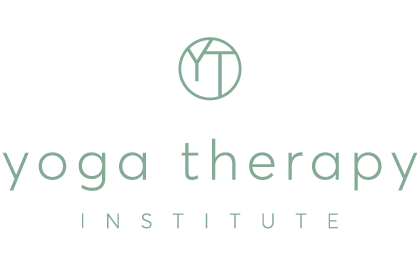Touch is essential for physical, psychological and spiritual growth. Yet within the field of yoga therapy, skilful touch is not always considered an essential tool in the tool kit of the Yoga therapist. Some Yoga therapists are hesitant about the use of touch and overlook its use and benefits, whereas others may jump in without due regard to the use and place of touch.
Touch is incredibly powerful and can be explored both as an assessment tool and as a therapeutic intervention.
How to Use Touch Skilfully
• Be mindful of your own state. The mind of the Yoga therapist or teacher must be clear and centred. If you are stressed or anxious then you may pass this on to your client.
• Visual, verbal or physical? Consider whether touch is the most useful intervention. Are visual or verbal cues a better option? What will touch add to the intervention that can’t be gained any other way? Consider what the least amount of touch required is. The least invasive method should be used. Whichever method is used should allow the client to deepen their experience of the practice. This is particularly important in cases where your client may have a history of trauma.
• What is the purpose of the practice? If there is a focus on alignment then touch may be the best approach whereas if there is a focus on developing an internal experience of the practice, touch may interfere with the client’s experience.
Guidelines for Therapeutic Touch
• Have clear personal boundaries. What are the boundaries you set for the use of skilful touch? Are you skilled enough to use touch as an assessment tool? What are your boundaries in situations like touching a client’s shoulder if they are upset or if a client wants to hug you at the end of a session?
• Incorporate ethics. Ethical guidelines for yoga therapists are found in the yama and niyama. They form part of the membership guidelines of yoga therapy professional associations. It is advisable to be very clear about these ethical guidelines and any guidelines from other modalities that you may be using.
• Obtain permission first. It might not be enough to just say “do you mind if I use touch” moments before you lay your hands on your client. Consider having a prior discussion about the use of touch with your client so that your feelings and values about touch and those of your client are well established. This allows your client to become aware of how you use touch and what to expect. In addition to this discussion, seek your client’s permission again before just you touch them and explain how and why you are using touch in that instance.
It is important for Yoga therapists to develop the skills to use touch ethically, responsibly and skilfully.
Read more on The Use of Touch as Therapeutic Tool.
